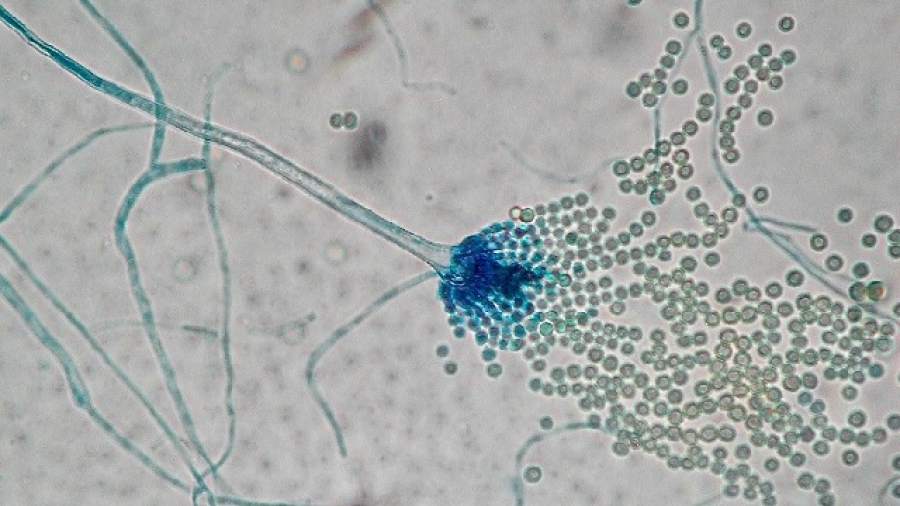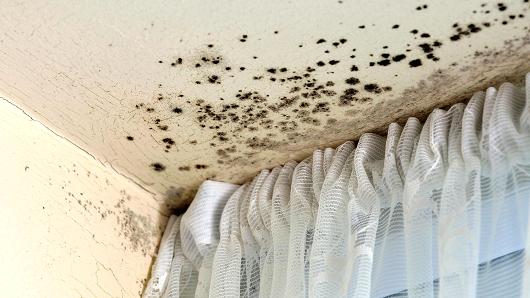현재 위치:홈 > 뉴스현황 > Press Events > Fungal Toxins in the...
저자: 업로드:2017-06-28 조회수:
Toxins from household fungi can easily become airborne and cause health problems, a new study has found.
A team of French
investigators has uncovered some new alarming evidence that will likely have
major implications on the sick building syndrome (SBS) hypothesis, a medical
condition where people in a building suffer from symptoms of illness or feel
unwell for no apparent reason.

The researchers found that toxins produced by three distinct species of fungus growing indoors on wallpaper may become aerosolized and easily inhaled. The findings from the new study were published recently in Applied and Environmental Microbiology, in an article entitled “Aerosolization of Mycotoxins after Growth of Toxinogenic Fungi on Wallpaper.”
The incentive for the current study was the scarcity of data pertaining to the potential health risks from mycotoxins produced by fungi growing indoors. To study the effects of indoor mycotoxins, the investigators built an experimental bench that simulates an airflow over a piece of contaminated wallpaper, controlling speed and direction of the air. Then they analyzed the resulting bioaerosol.
"We demonstrated that mycotoxins could be transferred from a moldy material to air, under conditions that may be encountered in buildings," explained co-senior study investigator Jean-Denis Bailly, D.V.M., Ph.D., professor of food hygiene at the National Veterinary School of Toulouse, France. "Thus, mycotoxins can be inhaled and should be investigated as parameters of indoor air quality, especially in homes with visible fungal contamination."
The researchers employed three fungal species in their study: Penicillium brevicompactum, Aspergillus versicolor, and Stachybotrys chartarum. These species, long studied as sources of food contaminants, are commonly found as indoor contaminants. Each fungus produces different mycotoxins, and their mycelia—thread-like projections that seek nutrition and water from the environment—are very different from one another, likely leading to differences in the quantities of mycotoxins they loft into the air.
